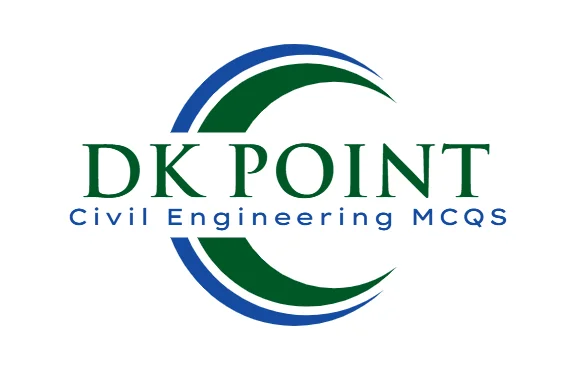Civil Engineering MCQs with answers for test preparation. Civil Engineering MCQs PDF Book. Civil Engineering MCQs PPSC, FPSC, NTS, WAPDA, Pak Railways, MES, SPSC, KPSSC, ETEA. Civil Engineering MCQs websites and general knowledge technical MCQs . The multiple-choice questions here cover topics like building construction, construction materials, geotechnical engineering, civil engineering construction, AutoCAD civil engineering, basic surveying, highway engineering, environmental engineering, Soil Mechanics and Foundation Engineering, airport engineering, civil and structural engineering analysis. Sub engineer civil MCQs PPSC. This website is the best for Civil Engineering MCQs.

Type of joint commonly used at the junction of a principal rafter and tie beam in timber trussess is ___ ?
A. butt joint
B. mitred joint
C. mortise and tennon joint
D. oblique mortise and tennon jointLintels are preferred to arches because _____ ?
A. arches are difficult in construction
B. arches require more headroom to span the openings like doors, windows etc.
C. arches require strong abutments to withstand arch thrust
D. All of themType of roof suitable in plains where rainfall is meagre and temperature is high is ______ ?
A. shell roof
B. pitched and sloping roof
C. flat roof
D. All of themIn the construction of arches, sand box method is used for ____ ?
A. striking of centring
B. actual laying of arch work
C. centring
D. None of themTriangular space formed between the extrados and the horizontal line drawn through the crown of an arch is known as _____ ?
A. voussoirs
B. skewbacks
C. spandril
D. haunchType of arch generally constructed over a wooden lintel or over a flat arch for the purpose of carrying the load of the wall above is _____ ?
A. pointed arch
B. flat arch
C. segmental arch
D. relieving archVertical distance between the springing line and highest point of the innercurve of an arch is known as ____ ?
A. rise
B. extrados
C. intrados
D. spandrilThickness of bituminous carpet varies from _____ ?
A. 75 to 100 mm
B. 100 to 120 mm
C. 20 to 25 mm
D. 50 to 75 mmMaximum number of steps in a flight should generally be restricted to ____ ?
A. 12
B. 31
C. 53
D. 7
